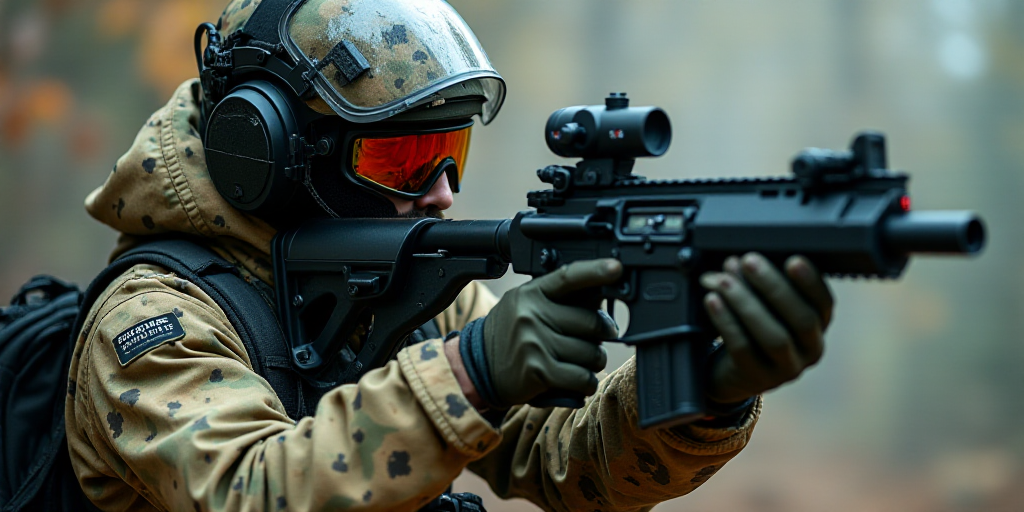Introduction
The June 1st Ukrainian attack on Russian airbases has sparked a new consensus: traditional, expensive combat vehicles (tanks, planes, ships) are becoming obsolete compared to the cost-effective drones. However, this notion is incomplete and potentially misleading. The ongoing drone war offers lessons that extend beyond the vulnerability of conventional weapons; it becomes even more obsolete when integrated with artificial intelligence (AI), which is imminent.
Key Takeaways from the Ukrainian Drone Offensive
- Drone Efficacy: Drones have proven to be highly effective, targeting not only conventional military equipment but also personnel. They have caused 70% of casualties on both sides, demonstrating their lethality against individuals.
- Versatility: Ukraine has utilized drones to destroy a wide range of Russian targets, including weapon factories, moving trains, munitions depots, oil refineries, ships, and ports. The potential for drone attacks extends to civilian infrastructure like airports, train stations, sports stadiums, open-air concerts, pharmaceutical factories, hospitals, schools, elderly care facilities, and more.
- Industrial Dependency: The rapid evolution of drone technology necessitates swift response times and continuous development. Traditional defense industry processes are inadequate, as drones become obsolete within two to six months due to countermeasures developed by opposing forces.
- Ukrainian Response: Ukraine has established a revolutionary model for drone weapon development, production, and deployment through direct communication between combat units and drone manufacturers. This model includes a performance evaluation system based on the effectiveness of drone attacks.
- Startup Ecosystem: Ukraine’s robust startup ecosystem supports a thriving armaments industry capable of designing, producing, and deploying new weapons within weeks. This year, Ukraine will produce over four million drones, many of which didn’t exist a year ago. Russia has also adapted and relies heavily on private startups.
- AI Integration: The integration of AI will significantly enhance drone capabilities, increasing their range and lethality. Chinese researchers have already experimented with swarms of drones navigating forests and returning to formation. This technology could be used in both warfare and terrorist attacks.
Implications for the US and Europe
The Ukrainian drone war offers a crucial lesson for the US and Europe: addressing China’s dominance in the global drone industry is essential. Ukraine developed its drone industry due to the lack of a robust US/NATO drone sector and China’s shift in favor of Russia. Although Ukraine initially relied heavily on Chinese components, it has reduced this dependency to around 20%.
In contrast, US and European defense R&D and procurement processes remain slow and uncompetitive. This limits their ability to defend against drones or effectively utilize them. The US and NATO urgently need Ukraine’s drone expertise to counter the technological prowess of China or Russia in a potential conflict. Without Ukraine’s modernized forces, the US and NATO would suffer severe losses or even defeat.
Moreover, AI will revolutionize drone warfare. In the June 1st operation, 117 drones required radio communication with operators, making them vulnerable to interference. Autonomous drones controlled by AI would significantly increase range and lethality, enabling mass drone attacks against conventional targets within five years.
AI also enhances the lethality and precision of drones used against people. Chinese researchers have experimented with drone swarms navigating forests and reforming upon exiting. This technology could be employed in both warfare and terrorist attacks.
While AI-enabled drones require substantial computational power and memory, costs are decreasing as chip prices fall. However, the entire drone and military phone supply chain is under Chinese control, posing a significant risk. AI experts like Stuart Russell from the University of California, Berkeley, advocate for a treaty to prevent the proliferation of mass-produced AI-controlled drones.
Preparing for a world with such weapons is crucial, as the Western defense establishment resembles an outdated company caught off guard by technological disruption. Monetary costs may arise from resistance to obsolescence in markets, but in warfare, the consequences can be fatal.






